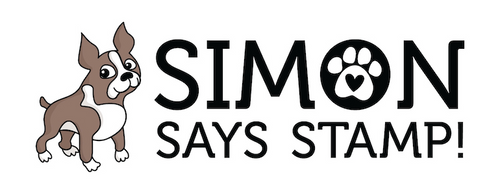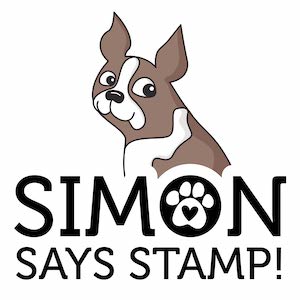Simon Says Stamp 3D Embossing Folders
Helpful Sandwich Recipes
|
|
Gina K Designs Intri-Cut machine: Platform base |
Spellbinders Platinum 6 machine: Platform base Embossing folder Cutting plate |
|
|
Tim Holtz Sizzix Big Shot Foldaway machine: Standard Platform Base Embossing folder Cutting plate |
Anna Griffin Empress machine |
|
|
Gemini II Die Cutting and Embossing machine: Cutting Plate Embossing folder Magnetic /Metal Shim |
Sizzix Big Shot machine: |
3D embossing folders are an essential tool for crafters looking to add depth and texture to their projects. The Simon Says Stamp collection offers a range of high-quality 3D embossing folders designed to produce intricate designs with ease. This guide aims to provide you with the necessary information to achieve optimal results when using these embossing folders in your crafting endeavors.
When utilizing 3D embossing folders, it is crucial to understand the mechanics of your specific die-cutting machine. Different machines may require varying pressure settings and sandwich configurations. For instance, some machines may necessitate the use of a specific plate combination to achieve the desired embossing effect. It is advisable to consult your machine's manual for detailed instructions regarding the use of embossing folders.
To begin the embossing process, select the appropriate cardstock or paper. The thickness and texture of the material can significantly impact the final result. Generally, a medium-weight cardstock (approximately 80-100 lb) is recommended for optimal embossing. However, experimentation with various materials, such as specialty papers or even lightweight cardstock, may yield unique results that enhance your creative projects.
Once you have selected your material, place it inside the 3D embossing folder, ensuring it is aligned correctly. For best results, you may want to consider misting your material on both sides with water to achieve a smoother embossing and prevent paper cracking. Close the folder securely to prevent any shifting during the embossing process. Next, prepare your die-cutting machine according to its specifications. This may involve adjusting the pressure settings or using additional shims to achieve the desired embossing depth.
After preparing your machine, run the embossing folder through the machine, applying consistent pressure. It is advisable to perform a test run with scrap material to determine the best settings for your specific machine and folder combination. This practice will help you avoid any potential issues and ensure that you achieve the best results.
Upon completion of the embossing process, carefully remove the embossed material from the folder. It is important to handle the embossed piece gently to prevent any damage to the intricate details. If you notice any imperfections or areas that require enhancement, consider using additional crafting techniques, such as inking or highlighting, to elevate the design further.
For embossing folders that have coordinating dies, it is recommended that your material is die cut prior to embossing. After cutting, align your pieces inside the folder and follow the steps as outlined above to emboss. This will ensure that you achieve the highest level of embossed dimension and detail on your material. Die cutting after embossing can cause some of the embossed details to flatten out.
In conclusion, while this guide provides foundational knowledge for using 3D embossing folders, we encourage you to explore and experiment with your own techniques and materials. Crafting is a personal journey, and adapting the process to suit your style will ultimately lead to more satisfying results. The Simon Says Stamp collection is designed to inspire creativity, and we hope you enjoy the process of creating beautiful embossed projects.


